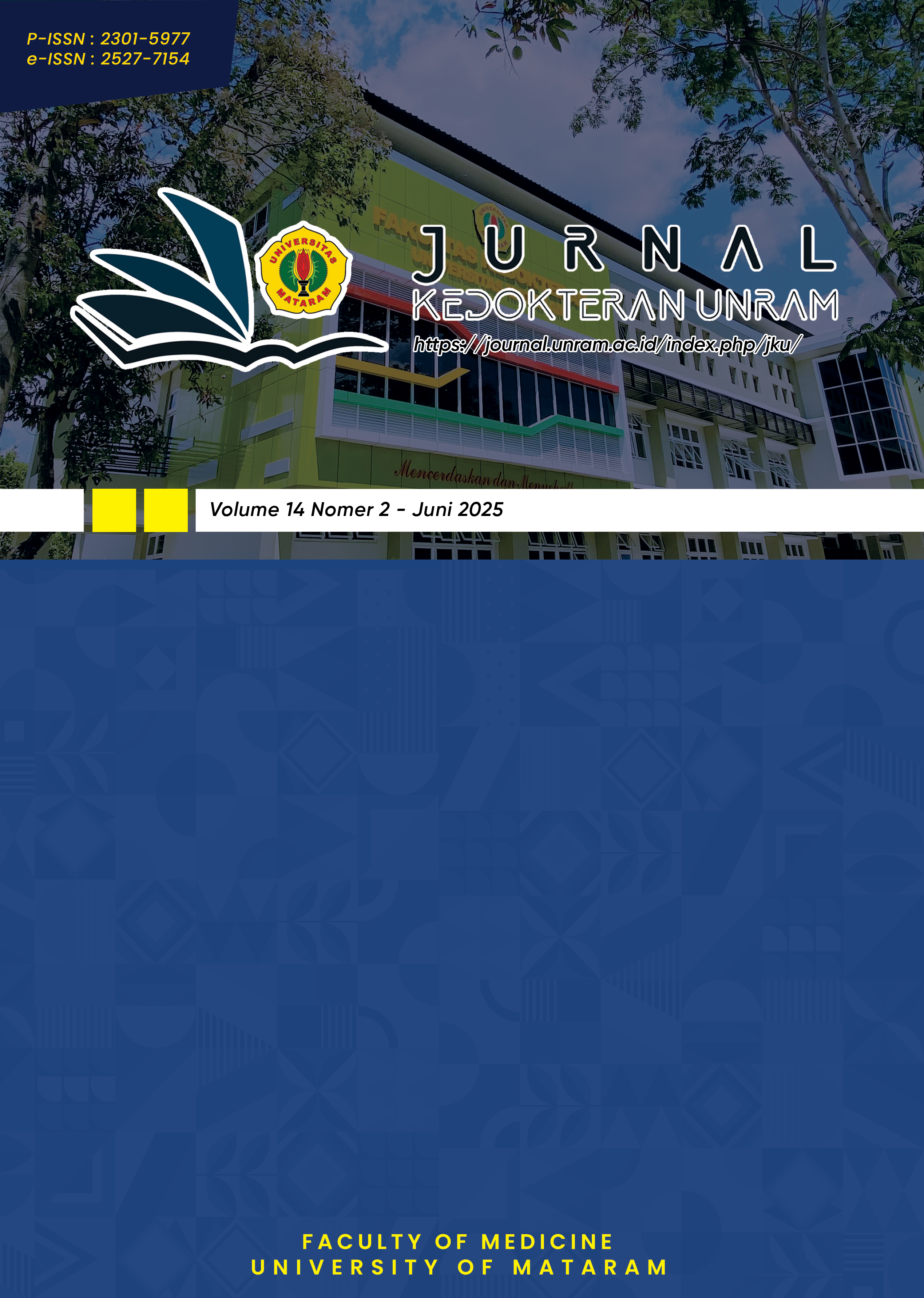Review Artikel : Pemanfaatan Sumber Alami Asam Linoleat dalam Formulasi Sediaan Kosmetik
DOI:
https://doi.org/10.29303/jk.v14i2.7204Kata Kunci:
Linoleic Acid, Cosmetic, Natural Oil, FormulationAbstrak
Linoleic acid is an essential fatty acid that cannot be synthesized by the human body and is abundantly found in various natural sources such as candlenut, sunflower seeds, almonds, and chia seeds. This compound is known to possess significant biological activities, including anti-inflammatory, antioxidant, anti-aging properties, as well as supporting skin regeneration and hair growth. This review aims to explore the potential of linoleic acid as an active ingredient in the formulation of body care and skincare products. Literature searches were conducted through Google Scholar, PubMed, and ScienceDirect using relevant keywords, with inclusion criteria encompassing the chemical properties, pharmacological benefits, and cosmetic applications of linoleic acid. The results of the review indicate that linoleic acid has been utilized in various dosage forms, including hair tonics, anti-acne creams, hand body lotions, lip balms, emulgels, facial serums, masks, and hair emulsions to support the hair growth process. Its effectiveness is highly influenced by the concentration of the active ingredient and the formulation type used. This review supports the utilization of linoleic acid as a promising and sustainable natural active ingredient in the modern cosmetic industry. Further research is needed to optimize formulations and comprehensively evaluate the safety of these preparations.
Unduhan
Diterbitkan
Terbitan
Bagian
Lisensi
Hak Cipta (c) 2025 Wahyu Haryanto, Intan Alfizahara, Abdul Hamid Muktiali, Bq Aisya Adinda, Putri Syerin Salsabila, Irma Hapinatunnisa, Baiq Mia Ramadhani Rahadian, Rahmah Dara Ayunda

Artikel ini berlisensi Creative Commons Attribution 4.0 International License.
Authors who publish with Unram Medical Journal, agree to the following terms:
- Authors retain copyright and grant the journal right of first publication with the work simultaneously licensed under a Creative Commons Attribution 4.0 International License (CC-BY License). This license allows authors to use all articles, data sets, graphics, and appendices in data mining applications, search engines, websites, blogs, and other platforms by providing an appropriate reference. The journal allows the author(s) to hold the copyright without restrictions and will retain publishing rights without restrictions.
- Authors are able to enter into separate, additional contractual arrangements for the non-exclusive distribution of the journal's published version of the work (e.g., post it to an institutional repository or publish it in a book), with an acknowledgment of its initial publication in University of Mataram's Journal of Medicine.
- Authors are permitted and encouraged to post their work online (e.g., in institutional repositories or on their website) prior to and during the submission process, as it can lead to productive exchanges, as well as earlier and greater citation of published work (See The Effect of Open Access).
- This journal is open access journal which means that all content is freely available without charge to users or / institution. Users are allowed to read, download, copy, distribute, print, search, or link to full text articles in this journal without asking prior permission from the publisher or author.







